Economic policy and administration
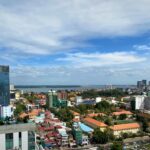
After the first general election in 1993, the government prepared and implemented a comprehensive micro- and macroeconomic policy and structural reform program to integrate Cambodia’s economy into the region and the world as well as stimulate its economic growth.1 In the two decades following that ef='https://opendevelopmentcambodia.net/topics/economic-policy-and-administration/ ' class='cambodia-color'>...
Executive
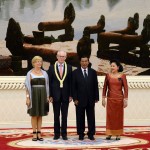
The Royal Government of Cambodia (RGC) represents the executive wing of government. It is responsible for implementing laws and directing general affairs of the state in accordance with policy programs and state planning approved by parliament (the National Assembly and Senate). ef='https://opendevelopmentcambodia.net/topics/executive/ ' class='cambodia-color'>...
Labor policy and administration
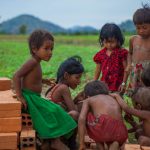
Children working with bricks, Cambodia. Photo by Sodanie Chea, take on 6 June 2013. Licensed under CC BY 2.0Cambodia has a total population of slightly over 15 million, most of whom are under the age of 30. An estimated 250,000 people enter the job market ef='https://opendevelopmentcambodia.net/topics/labor-policy-and-administration/ ' class='cambodia-color'>...
Deforestration drivers
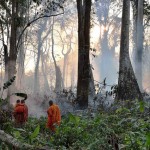
Deforestation has been one of the most significant changes the Cambodian landscape has undergone in recent decades. Key drivers of this process have been land concessions and subsequent land conversion, and large-scale illegal logging. ef='https://opendevelopmentcambodia.net/topics/deforestation-drivers/ ' class='cambodia-color'>...
Anti-corruption
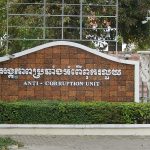
Anti-Corruption Unit, Phnom Penh, Cambodia. Photo by Michael Coghlan, taken on 9 January 2014. Licensed under CC BY-SA 2.0In the 2016 Corruption Perceptions Index published by Transparency International, released in January 2017, Cambodia ranked 156th out of 176 countries.119 Cambodia has the lowest score of all ef='https://opendevelopmentcambodia.net/topics/anti-corruption/ ' class='cambodia-color'>...
SDG 18 Cambodia mine/ERW free
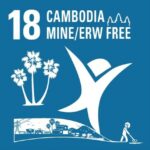
Cambodia has added an 18th goal to its localized version of the Sustainable Development Goals (SDGs) – “end the negative impact of mines/eRW and promote victim assistance”.136 The SDGs were adopted by all United Nations member states in 2015 as a universal call to action ef='https://opendevelopmentcambodia.net/topics/sdg-18-cambodia-mine-erw-free/ ' class='cambodia-color'>...
Government services
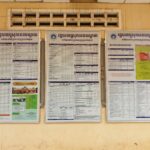
List of public services provided by One Window Service Office at Rotanak Mondol district hall in Battambang province. Photo by ODC team, taken on 28 February 2020. Licensed under CC BY-SA 4.0.Government services might be perceived as tools in pursuing the country’s development, and assuring ef='https://opendevelopmentcambodia.net/topics/government-services/ ' class='cambodia-color'>...
Head of state
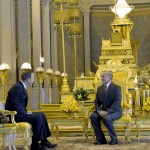
The Kingdom of Cambodia is a constitutional monarchy. The king is the head of state for his lifetime but does not govern. ef='https://opendevelopmentcambodia.net/topics/head-of-state/ ' class='cambodia-color'>...
Bar association legal aid services
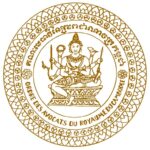
The Bar Association of the Kingdom of Cambodia (the Association) is a non-governmental institution for Cambodia’s lawyers. In keeping with Article 24 of the United Nations Basic Principle on the Role of Lawyers, the Association represents lawyers’ interests, promotes their continuing education and training, and ef='https://opendevelopmentcambodia.net/topics/bar-association-legal-aid-services/ ' class='cambodia-color'>...
Energy for transport

In Cambodia, petroleum is traditionally the main source of energy for transportation. The petroleum fuels used for transportation include gasoline, diesel, heavy fuel and fuel oil. ef='https://opendevelopmentcambodia.net/topics/energy-for-transport/ ' class='cambodia-color'>...
Swedish aid

Sweden’s Ambassador to Cambodia, His excellency Björn Häggmark, shook hands with Prime Minister Hun Sen, dated 04 December 2019. Photo from Prime Minister Hun Sen’s Facebook page.Cambodia and Sweden established their diplomatic ties in 1961. Sweden started to provide the first development cooperation support in ef='https://opendevelopmentcambodia.net/topics/swedish-aid/ ' class='cambodia-color'>...
Major banks
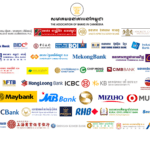
In 2020, COVID-19 severely impacted both the global and Cambodia economies. The banking system in Cambodia is also affected but at a moderate and manageable level.282 The National Bank of Cambodia (NBC), Cambodia Microfinance Association, and other relevant institutions pointed out the rate of the ef='https://opendevelopmentcambodia.net/topics/major-banks/ ' class='cambodia-color'>...
Science and technology
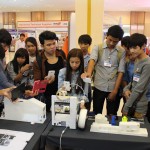
Students gathering around 3D printed models at a construction expo in Phnom Penh. Photo by ARC Hub PNH, taken in December 2014. Used with permission from ARC Hub PNH.Cambodia has achieved considerable economic and social progress in the last few decades, but the country does ef='https://opendevelopmentcambodia.net/topics/science-and-technology/ ' class='cambodia-color'>...
Provincial and local governments
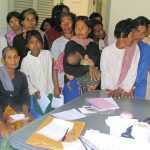
Patients are registered during the outreach screening at Vien Health Center. Photo by Community eye Health, taken in 2006. Licensed under CC BY-NC 2.0The Kingdom of Cambodia is an indivisible state. The country’s administration at all levels and in all sectors falls under the same ef='https://opendevelopmentcambodia.net/topics/provincial-and-local-governments/ ' class='cambodia-color'>...
Civil society

The launch event of a project improving the delivery of public services through ICT in Svay Rieng province, Cambodia. Photo by the ODC team, taken on 28 June 2017. Licensed under a CC BY-SA 4.0.Civil society, representing the interests of ordinary citizens, is the part of ef='https://opendevelopmentcambodia.net/topics/civil-society/ ' class='cambodia-color'>...
Maternal and child health
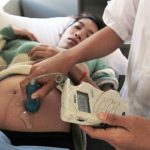
The number of mothers who died in labour has nearly halved over four years, from 182 fatalities in 2011 to 100 in 2015.368 Deaths among children have also dropped, although they remain comparatively high, and the prevalence of underweight newborns is high compared to many ef='https://opendevelopmentcambodia.net/topics/maternal-and-child-health/ ' class='cambodia-color'>...
Non-renewable energy production
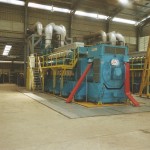
Non-renewable energy sources are chiefly fossil fuels such as coal, diesel, oil and gas. They provide most of Cambodia’s locally-produced electrical supply – in 2011 diesel and heavy fuel oil generators provided 89% of local electricity generation. ef='https://opendevelopmentcambodia.net/topics/non-renewable-energy-production/ ' class='cambodia-color'>...
Communal land

Though there are multiple forms of communal property, the rights associated with indigenous communal property are subject to significant legal and socio-economic issues. Indigenous communities are culturally very different from the rest of Cambodia, and the law provides them with the opportunity to obtain collective ef='https://opendevelopmentcambodia.net/topics/communal-land/ ' class='cambodia-color'>...
Electricity production
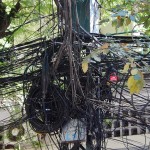
In Cambodia, electricity demands have been forecast to grow at 17.9 percent annually from 2012 to 2020.394 Distribution of electricity around the country has been a challenge: according to UN data, 79 percent of people live in rural areas,395 and the entire national population had grown ef='https://opendevelopmentcambodia.net/topics/electricity-production/ ' class='cambodia-color'>...
Legal aid policy and regulation

Public policies are a system of laws, regulatory measures, and plans of action implemented by the government to ensure that its functions are performed predictably and consistently.430 Policies typically outline the guiding principles of an operation; meanwhile, regulations set procedural expectations. Currently, there are no ef='https://opendevelopmentcambodia.net/topics/legal-aid-policy-and-regulation/ ' class='cambodia-color'>...



